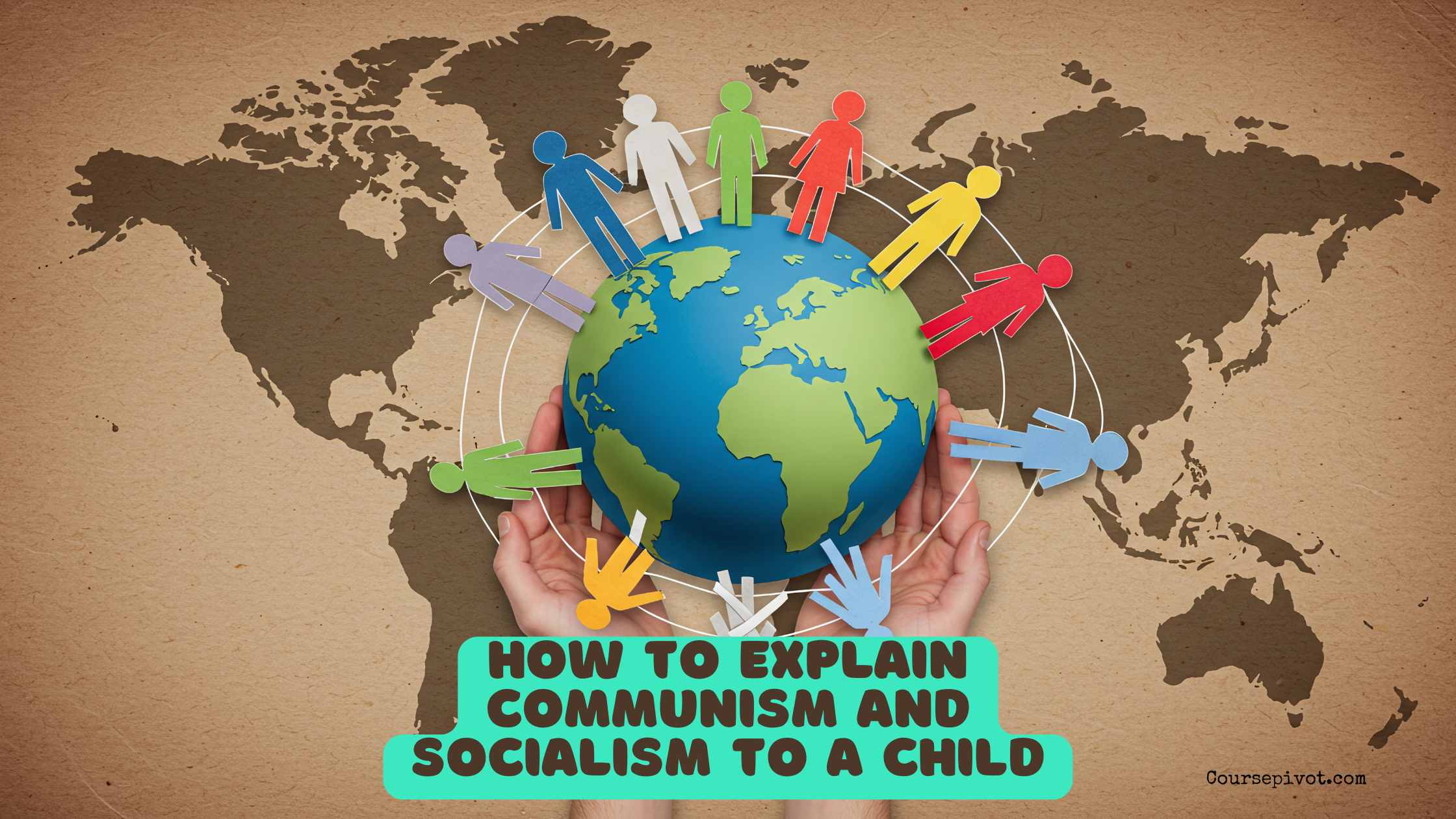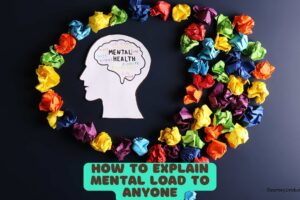
How to Explain Communism and Socialism to a Child
Ever tried explaining “socialism” or “communism” to a kid and watched their eyes glaze over? You’re not alone. Most adults struggle because they use grown-up words and scary history lessons. The good news? Children already understand fairness, sharing, and toys better than most politicians. Here’s the proven way thousands of parents and teachers now use to make these ideas click in under five minutes.
The Magic Lego Box Story (The One That Actually Works)
Gather the kids and one big box of Lego or blocks. Then tell this story:
First: The “Everyone Keeps Their Own Pile” Game (Capitalism)
“Imagine each of you gets your own little pile of Lego.
You can build whatever you want.
If you’re super fast or trade smart, your tower gets huge!
Some kids end up with giant castles. Some kids run out and have nothing.
That’s how most toy rooms—and most countries—work today.
We call this capitalism.”
(Kids instantly nod—they’ve lived it.)
Second: The “Let’s Build One Giant Playground Together” Game (Socialism)
“Now the teacher says: ‘Let’s make the coolest playground ever—for everybody!’
All the Lego goes into one big class box in the middle.
Everyone helps build (some carry bricks, some design, some click pieces).
When it’s done, every single kid gets to play on the giant playground.
Even if you were sick and couldn’t help that day, you still get to slide and swing.
No one gets their own private castle, but no one gets left out either.
That’s the main idea of socialism: the really big, important things belong to all of us together, and we make sure every kid has enough.”
Third: The “No Box, No Teacher, No Money” Dream (Communism)
“One day the kids get so good at sharing that we don’t even need the middle box anymore.
Bricks just magically appear whenever anyone needs them.
There’s no teacher telling you what to do because everyone has learned to take just what they need and help whoever needs help.
You want a spaceship? Poof—bricks!
Your friend wants a dragon castle at the same time? Poof—plenty for both!
No one keeps score, no one gets candy for working harder, and no one is the boss.
That perfect sharing world is the dream grown-ups call communism.”
The Question Every Child Asks Next (And the Honest Answer)
Kid: “Has anyone ever made the perfect communism world with no bosses and no money?”
You: “Great question! Grown-ups tried a few times, but someone always grabbed the blue bricks and said ‘these are mine now.’
So the perfect no-box, no-boss world is still just a dream.
Some countries do the socialism playground idea pretty well though—everyone pays extra bricks (taxes) so every kid gets school, doctors, and a turn on the big playground.”
Quick One-Line Summary Even a 5-Year-Old Remembers
- Capitalism → “You keep what you build.”
- Socialism → “We build the big stuff together so nobody gets left out.”
- Communism → “One day we’ll share so well we won’t need money or bosses at all.”
Real-Life Examples Kids Recognize Instantly
| Kid Example | Grown-Up Version (Socialism) | Dream Version (Communism) |
|---|---|---|
| Public school playground | Free schools and hospitals for everyone | No tuition, no hospital bills ever |
| Class toy box everyone shares | Public libraries, parks, fire departments | Everything free, no one owns the toy factory |
| Lunch program so no kid goes hungry | Welfare and food stamps | No money needed for food—take what you need |
Tips for Parents and Teachers
- Always use toys or candy—abstract words bounce off kids.
- Let them act it out. After the story, dump the Lego in the middle and watch them naturally invent socialism when someone cries.
- Be honest that pure communism has never worked yet—kids hate fairy tales with fake happy endings.
- Stress fairness, not politics. Children care about “Is it fair?” long before they care about elections.
5 Communism Behaviors (the “perfect sharing dream”)
- You finish your snack and put the rest on the table so anyone who is still hungry can take some—no one asks “is this mine?”
- Your friend wants the exact toy you’re playing with, so you hand it over right away because everything belongs to everyone.
- Nobody gets allowance money; if someone needs new crayons or a soccer ball, the whole class just gets it from the shared supply.
- You see a kid with no jacket on a cold day, so you give them yours—even if it’s your only jacket—because coats belong to whoever needs them.
- Everyone cleans the classroom together with no teacher telling you; you just do it because the room belongs to all of us.
5 Socialism Behaviors (the “we take care of everyone together” way)
- Everyone brings a few pieces of candy and we put them in one big class jar so every kid gets the same amount, even if some brought more.
- The class votes to use the toy budget to buy a new swing set that every kid can use, instead of letting one kid buy a private giant Lego set.
- If someone forgets lunch, the teacher uses the class lunch fund (money everyone’s parents chipped in) to make sure they still eat.
- The fastest runners agree to slow down a bit in races so the slower kids don’t always come last and feel bad—everyone gets a fair chance.
- We take turns being line leader and sharing the special jobs so no one kid is always the boss or always left out.
Key Takeaways
Explaining communism and socialism to a child is easy when you skip the manifestos and use toys.
Capitalism is keeping your own Lego pile.
Socialism is building one giant playground together so every kid gets to play.
Communism is the dream that someday we’ll share so well we won’t even need a toy box or a teacher.
Cite this article
You can copy and paste your preferred citation format below.
Martin, L. & Arquette, E.. (2025, November 25). How to Explain Communism and Socialism to a Child. Coursepivot.com. https://coursepivot.com/blog/how-to-explain-communism-and-socialism-to-a-child/



